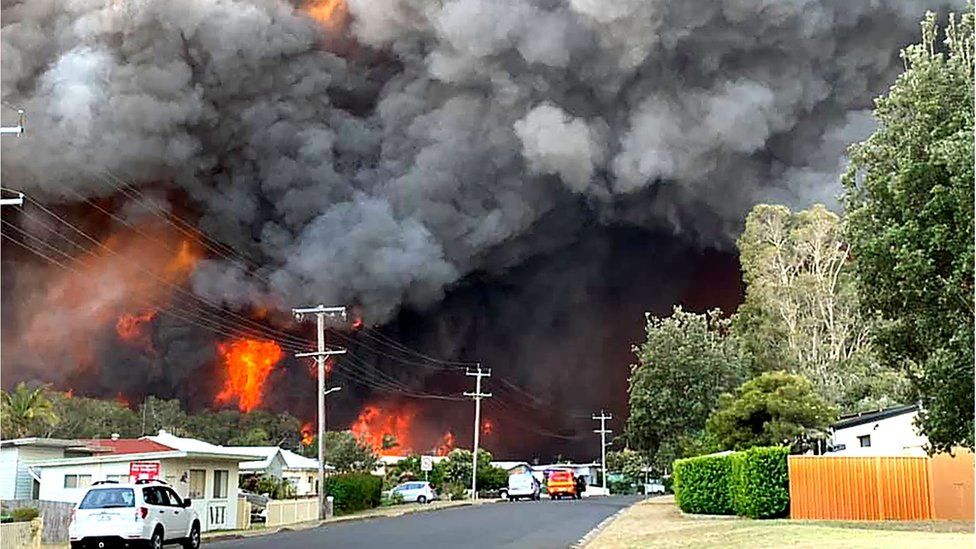Ensuring Bush Fire Security With Correct BAL Record Analysis
In the world of bush fire defense, the precise analysis of Bushfire Assault Level (BAL) reports stands as a cornerstone for safeguarding residential properties against the damaging influence of wildfires. With ecological factors and building attributes playing substantial duties in determining the level of risk, a detailed understanding of BAL ratings ends up being crucial. Nevertheless, the genuine essence lies not just in understanding these records however in analyzing them properly to formulate tailored fire security strategies. By diving right into the importance of BAL report evaluation, we discover a world where informed choices lead the path in the direction of reinforcing home safety and security and durability in fire-prone areas.
Understanding Bushfire Assault Level (BAL)
In the realm of bushfire security, comprehending the Bushfire Attack Degree (BAL) is paramount for making sure efficient mitigation strategies. Recognizing the BAL score of a property is crucial for property proprietors, building contractors, and policymakers to execute appropriate actions to guard versus bushfire hazards.

Value of BAL Record Analysis
A necessary facet in bushfire defense preparation entails the detailed evaluation of BAL records to analyze the possible threats and establish ideal reduction techniques. BAL reports offer important info regarding the prospective effect of bushfires on a residential property based upon different elements such as greenery type, range to prospective fire risks, and slope of the land. Examining these reports with precision is critical in developing effective bushfire security procedures customized to the details threat account of a residential property.
Applying Fire Security Procedures
Executing efficient fire protection measures is crucial for protecting buildings in bushfire-prone locations. One of the primary means to improve fire defense is by producing defensible space around structures. This involves clearing combustible vegetation, such as completely dry leaves and branches, within a certain span of the building. Furthermore, installing fireproof roofing products can help in reducing the threat of coal sparking the roof during a bushfire. Effectively maintained displays and gutters are likewise vital to prevent debris build-up that can fuel a fire.
Moreover, having a ample and properly maintained water supply, like it such as a tank or swimming pool, can assist firemens in their efforts to secure the property. It is very important to have a clear evacuation plan in position and to ensure that all homeowners know with the procedures. In addition, having firefighting devices readily offered, such as tubes and fire extinguishers, can help in tackling tiny area fires prior to they intensify. In general, implementing a mix of these fire security measures can dramatically enhance the chances of guarding residential or commercial properties during bushfire occasions.
Mitigating Risks in Fire-Prone Locations
To strengthen properties against bushfire hazards, a calculated emphasis on mitigating dangers in fire-prone locations is necessary. One essential facet of threat mitigation is preserving defensible room around residential properties by clearing combustible plants, ensuring sufficient spacing in between structures and trees, and utilizing fireproof landscaping methods.
In addition, building or retrofitting buildings with fireproof products and ensuring appropriate upkeep of roofs, rain gutters, and exterior cladding can considerably improve the home's strength to bushfires. Practicing a bushfire and developing emergency strategy with all passengers, including evacuation treatments and communication techniques, is also vital see this site in mitigating threats properly. By taking on an aggressive strategy to take the chance of reduction in fire-prone locations, homeowner can much better safeguard their assets and enhance overall bushfire preparedness.
Ensuring Home Security and Strength
Guaranteeing the safety and durability of homes in fire-prone areas calls for an unfaltering dedication to robust precautionary actions and strategic planning. Home security begins with executing effective measures to lower fire threats.
Strength, on the various other hand, includes the ability of a residential property to recover and hold up against from a bushfire. This can be boosted via the installment of ash guards on vents and windows, making sure that entrance factors for ashes are lessened. Furthermore, having a well-thought-out evacuation plan and exercising it on a regular basis can significantly increase home strength. Working together with neighbors and regional fire authorities can likewise reinforce the safety and resilience of residential or commercial properties in fire-prone locations. By proactively resolving these elements, residential property proprietors can better protect their assets and loved ones from the threat of bushfires.
Final Thought
Finally, making sure bushfire defense through appropriate BAL report evaluation is crucial for comprehending the degree of risk presented by bushfires and applying needed fire protection actions. By mitigating dangers in fire-prone locations and ensuring residential property safety and resilience, areas and individuals can much better prepare for and react to bushfire events. It is imperative to prioritize fire security actions to protect lives and home in these risky environments.
In the world of bush fire protection, the careful analysis of Bushfire Attack Level (BAL) records stands as a foundation for protecting homes versus the damaging effect of wildfires (BAL Report). Recognizing the BAL ranking of a building is crucial for property policymakers, owners, and contractors to execute suitable procedures to secure versus bushfire hazards

BAL reports supply crucial info concerning the prospective influence of bushfires on a residential or commercial property based on different variables Website such as greenery type, range to possible fire risks, and slope of the land (BAL Report). On the whole, implementing a mix of these fire defense actions can significantly increase the opportunities of guarding properties during bushfire occasions
Comments on “Past Conformity: Enhancing Building Safety And Security with a Thorough BAL Report Evaluation”